Judi Lynn
Judi Lynn's JournalDid Corn Fuel Cahokia's Rise?
Did Corn Fuel Cahokia’s Rise?
Today, much of the corn (Zea mays) grown in North America is used to produce corn ethanol – a blend that is added to fuels, primarily gasoline.
But approximately 1,000 years ago, in what is now southern Illinois, corn may have played a pivotal role in fueling the rise of a Native American metropolis. A new study suggests that corn was the staple subsistence crop that allowed the pre-Columbian city of Cahokia to rise to prominence and flourish for nearly 300 years.
“A social change was taking place at Cahokia and corn basically helped fuel it,” said Thomas Emerson, an emeritus professor of Anthropology at the University of Illinois who led the study. The study findings were recently published in the journal American Antiquity.
Cahokia was the largest city in pre-Columbian North America. It was built by Native Americans known as the Mississippians, who were responsible for erecting some of the most impressive earthen mounds on the continent. At its height, the city boasted several large, flat-topped platform mounds – including the 30meter tall, four-terraced Monk’s Mound, which covered approximately 6 hectares at its base.
It was the city’s focal point and the largest earthen pyramid north of Mexico. Around A.D. 1050, Cahokia rose to dominate that region of the American Midwest where the Mississippi, Missouri, and Illinois rivers converge, a fertile floodplain known today as the “American Bottom.”
More:
https://www.heritagedaily.com/2020/06/did-corn-fuel-cahokias-rise/134037
WHAT THE DICTATORSHIP IN BRAZIL WAS
WHAT THE DICTATORSHIP IN BRAZIL WAS
Nothing Less than Democracy, Ever
To maintain democracy, we must address the question of Brazil's government system
Editorial Opinion
Jun.29.2020 10:02PM
The foundation of Brazil's young democracy is solid. A vast majority, 75%, today considers democracy the best form of government, a record since Datafolha began researching the topic in 1989.
It is solid, and yet it has suffered systematic attacks from extremists who identify with President Jair Bolsonaro. This is the biggest stress test since a civilian's return to the presidency 35 years ago.
Many do so in bad faith; others, for not having experienced the horrors of the cruel machine that came with the military dictatorship in 1964. This last group is part of the 54.2% of young people born after 1985.
Therefore, Folha launched an offensive on three fronts: advertising and a special journalistic campaign this Sunday (28th) and a free course for those interested in knowing the history. This is so it won't be repeated.
The initiative also serves to wake up those who have nostalgia for the dictatorship. Many of these people think there would be no corruption scandals, that public security would be great, and the economy miraculous with a dictatorship.
In real life, the executive power stifled institutions, free-thinking, and the right to express it. Torture was state policy, adversaries disappeared, disagreements were hidden by the gag on other Powers, and the economic growth of the 1970s ended in uncontrolled inflation and debt.
More:
https://www1.folha.uol.com.br/internacional/en/opinion/2020/06/nothing-less-than-democracy-ever.shtml
The Washington Post: Journalism dies in Colombia
by Adriaan Alsema June 24, 2020
The latest advertorial of Colombia’s president Ivan Duque in the Washington Post is further threatening the freedom of press in the South American country.
I’m not particularly familiar with American media, but after the New York Times doing Medellin Mayor Daniel Quintero a similar favor on his COVID-19 approach, I’m concerned that US media are making reporting in Latin America even more dangerous.
Foreign reporting is important for the public
The WaPo columnist accurately pointed out “Latin America receives insufficient attention in the U.S. media, in coverage of covid-19 and everything else.”
In fact, Colombia’s journalists are in desperate need of support from guys like Ignatius and American coverage of other pressing issues like the peace process, failing counternarcotics.
Reporters who revealed a mafia plot to rig the 2018 election or report on the peace process are receiving death threats, for crying out loud.
. . .
I’m not familiar with American media culture, but I believe that ignoring compelling stories from abroad contributes to regional instability, which I do not believe is in the interest of the American public.
I don’t know what the purpose of Ignatius’ column was, but it wasn’t journalism.
More:
https://colombiareports.com/the-washington-post-journalism-dies-in-colombia/
WHAT THE DICTATORSHIP IN BRAZIL WAS: Regime Seeded Police with Repressive Values and Methods
The military regime's security model seeped into the democratic era
ANALYSIS
Jun.29.2020 3:53PM
When looking for military dictatorship fingerprints in Brazilian public security, three fallacies emerge.
The first is the false impression that the regime was a period of control and efficiency, with low crime and without corruption among public officials. This motivates some nostalgia for some of the period.
The second is the misleading attribution of the origin of all the ills, violence, and incapacities of today's police to the years of military command.
The third is the illusion that the Amnesty Law and the Constitution of 88 would be enough to end violations of the dictatorship and lead the country's institutions to automatically adhere to the principles of the democratic rule of law.
. . .
This is because the first policemen emerged during the Brazil Empire as armed guards at the service of the elite slave owners. These forces later became militarized forces and, finally, small armies operated by local oligarchies.
More:
https://www1.folha.uol.com.br/internacional/en/brazil/2020/06/regime-seeded-police-with-repressive-values-and-methods.shtml
From 'the Press Is to Blame' to 'Bunch of Communists', Check Out the Phrases that Bring Generals
From 'the Press Is to Blame' to 'Bunch of Communists', Check Out the Phrases that Bring Generals Closer to the Dictatorship and Bolsonaro
Aggressive language is a hallmark of the two historical periods
Jun.29.2020 4:00PM
Priscilla Camazano
Check out phrases from generals and other regime leaders and similar statements from the Bolsonaro government.
The press is to blame
"The present situation shows that an efficient control body is indispensable to prevent the spread of false or distorted information made in the name of the mistaken free press"
General Humberto de Souza Mello, commander of the 2nd Army, on 14.Jun.1971
"The Brazilian press, when there is no news, tends to interpret things based on evidence that does not always correspond to reality"
President João Figueiredo, in 1978
More:
https://www1.folha.uol.com.br/internacional/en/brazil/2020/06/from-the-press-is-to-blame-to-bunch-of-communists-check-out-the-phrases-that-bring-generals-closer-to-the-dictatorship-and-bolsonaro.shtml
The 'clans': the criminal forces rigging Colombia's economy and democracy

by Adriaan Alsema February 19, 2020
While officially a free market democracy, Colombia’s state system and economy are rigged by “clans” that are largely above the law.
These clans’ ability to almost usurp the country’s democracy and economy most recently became evident by detailed allegations by fugitive politician Aida Merlano, a former member of the Gerlein Clan.
Merlano’s account of how, for example, the Char Clan steals elections and rigs the justice system is news to nobody.
Not even her claim she was sexually harassed as a child is unique, but a reminder the clans have never shied away from crimes against humanity.
The fact that the fugitive politician was interviewed by Vicky Davila confirmed their intimate ties to Colombia’s mass media; the Semana columnist married into the Gnecco Clan.
The Heirs of Evil
Political analyst Leon Valencia on Tuesday released a book, “The Heirs of Evil,” which provides further details on the clans that, with a few exceptions, are able to get away with murder.
More:
https://colombiareports.com/the-clans-the-criminal-forces-rigging-colombias-economy-and-democracy/
How Colombia's former president helped kick-start the Medellin Cartel
by Adriaan Alsema June 29, 2020
Colombia’s former President Alvaro Uribe became a major asset to the Medellin Cartel after the controversial politician was appointed director of the country’s civil aviation agency in 1980.
Before that, the Uribe family was already close to the Ochoa crime family, which helped late drug lord Pablo Escobar form the cartel, the former President told newspaper El Tiempo in 2002.
But it was during 1978 and 1982, the year that Uribe left civil aviation agency Aerocivil, that the drug trade of Escobar and his partners really started making money, according to late Justice Minister Rodrigo Lara, who was murdered by cartel assassins in 1984.
. . .
Colombian press found out in 1983 after a new director was appointed to Aerocivil,that among others, Uribe granted two airplane licenses to Lehder’s sister, five to the brother and three to the cousin of Gonzalo Rodriguez, a.k.a. “El Mexicano”.
According to Escobar’s former hitman, “Popeye” and his former mistress, Virginia Vallejo, Uribe also authorized the airstrip on Escobar’s legendary estate Haciendo Napoles.
More:
https://colombiareports.com/how-colombias-former-president-helped-kick-start-the-medellin-cartel/
The narco history of Colombia's security forces Part 2: Medellin
by Adriaan Alsema June 29, 2020
The Medellin Police Department and Colombia’s 4th Army Brigade played a key role in the Medellin Cartel and the formation of what is now known as the Oficina de Envigado.
In the 1960’s and 1970’s, when Colombian marijuana was in fashion in the United States, the so-called “gentleman of drugs,” including Pablo Escobar, were considered respectable businessmen who received support from the local police department and the 4th Brigade.
. . .
The paramilitary origins of the Medellin mafia
Medellin’s current crime syndicate, the Oficina de Envigado, originates from the Security and Control Department (DSC) and the Civilian Order Department (DOC).
The DSC from Envigado and the DOC from Medellin were formed in 1968, and gained force under Escobar with the support of police and mayors in the late 1970’s and early 1980’s.
. . .
Fortunately for the Medellin mafia, the AUC terrorized Colombia to vote Uribe president, allowing Berna and La Oficina to run Medellin together with then-4th Brigade commander General Mario Montoya and the local Police.
More:
https://colombiareports.com/the-narco-history-of-colombias-security-forces-part-2-medellin/
Lifelike Human Sculptures Are Submerged in Underwater Museum at the Great Barrier Reef [Interview]
By Jessica Stewart on June 28, 2020
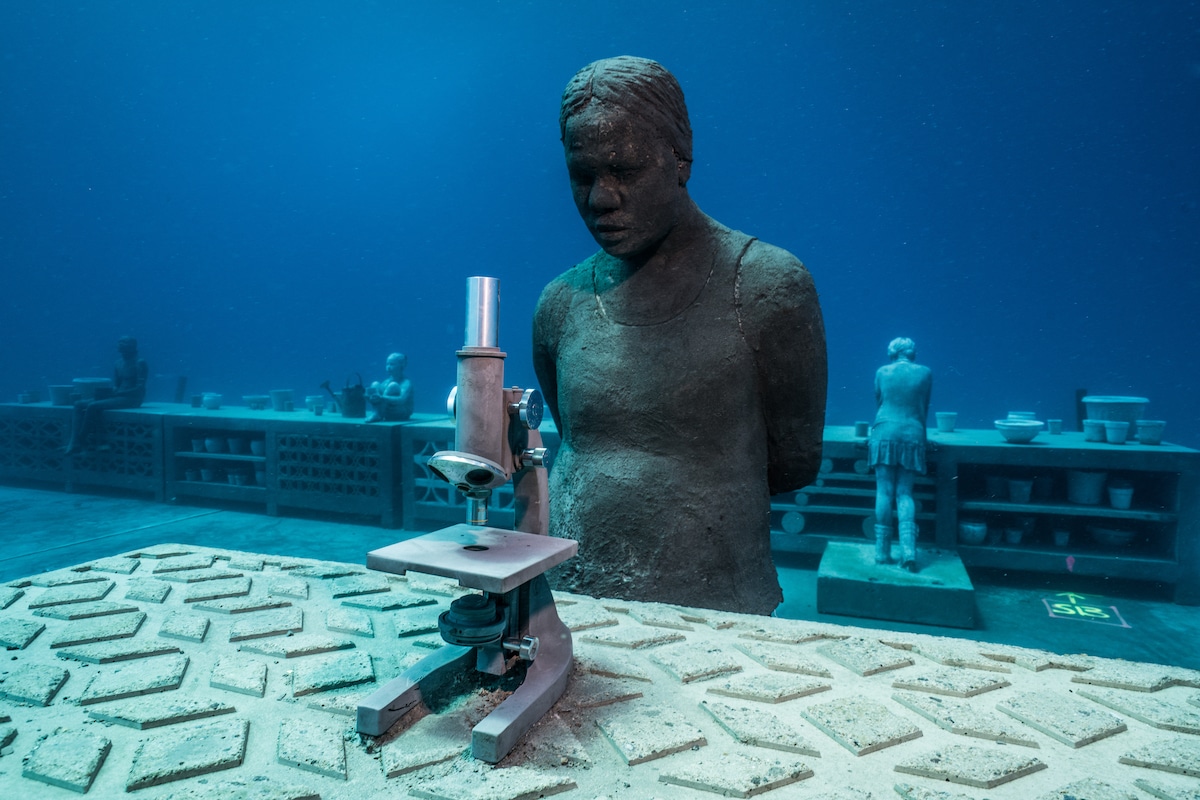
For over 10 years, sculptor Jason deCaires Taylor has dedicated his artistic practice to the enhancement and conservation of the underwater world. He has created underwater museums in Europe and spread his art throughout the Caribbean, and his latest project takes him to the Earth’s most famed marine ecosystem.
Australia’s Great Barrier Reef is the world’s largest coral reef and, now, Taylor will have a part in raising more awareness about its beauty thanks to his work with the Museum of Underwater Art (MOUA).
In collaboration with scientists at James Cook University and the Australian Institute of Marine Science, Taylor spent years gaining permissions to install the first artificial reef in these waters. The result is Coral Greenhouse, a collection of hyperrealistic underwater sculptures inspired by the community’s youth. It’s these young people that Taylor hopes will become engaged and take their role as the future conservators of this precious ecosystem seriously.
This work is coupled with Ocean Siren, an interactive sculpture that stands as a beacon just beyond Townsville’s Strand Jetty. Rising from the water, the figure was modeled after 12-year-old Takoda Johnson, a local indigenous girl from the Wulgurukaba tribe whose families once owned local lands. The sculpture changes color in conjunction with the ocean’s temperatures and was made possible by close collaboration with scientists.
More:
https://mymodernmet.com/jason-decaires-taylor-underwater-museum-great-barrier-reef/
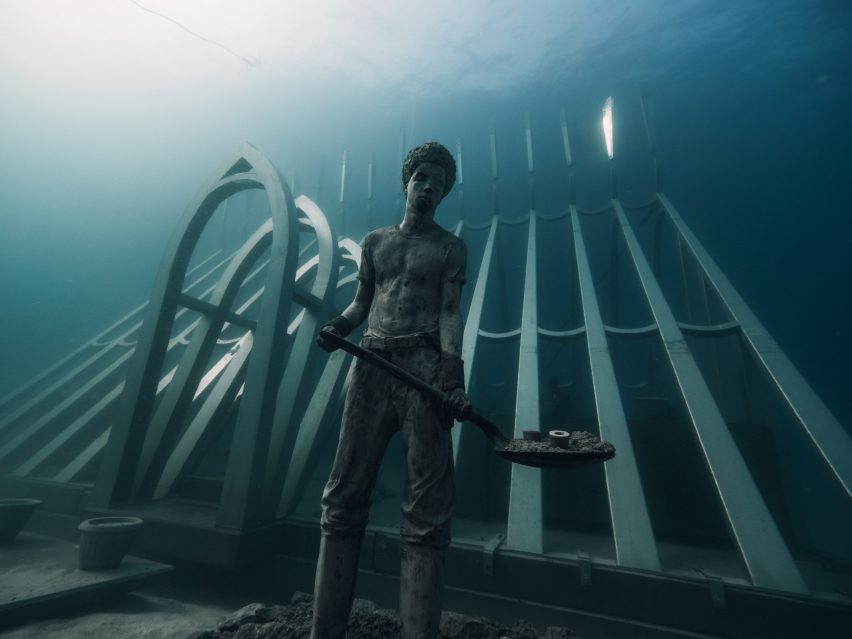
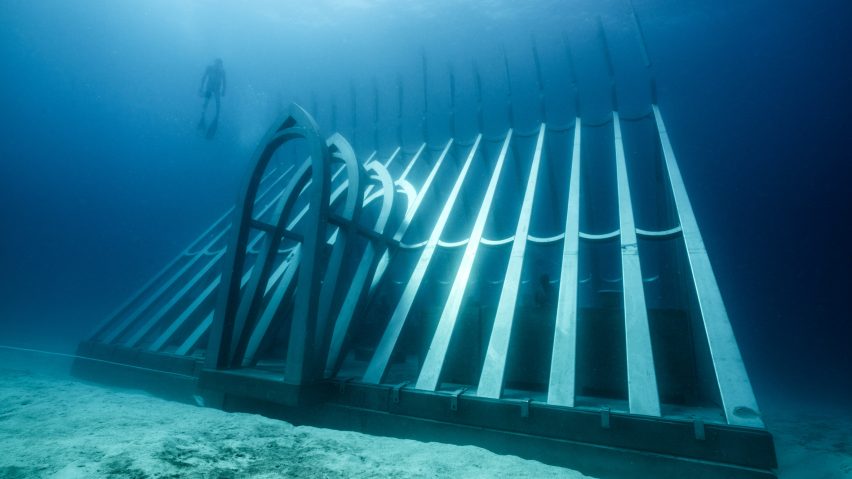

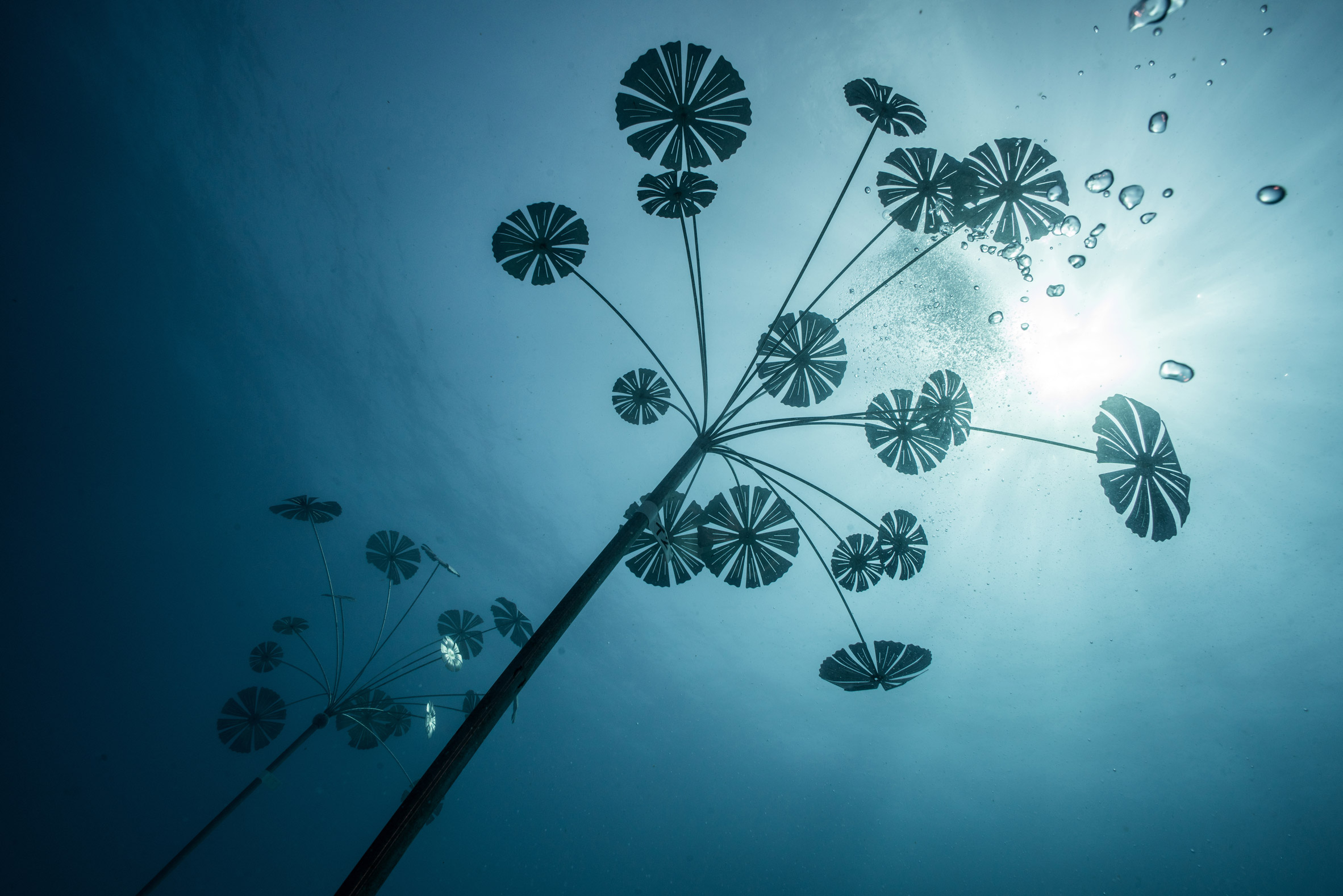

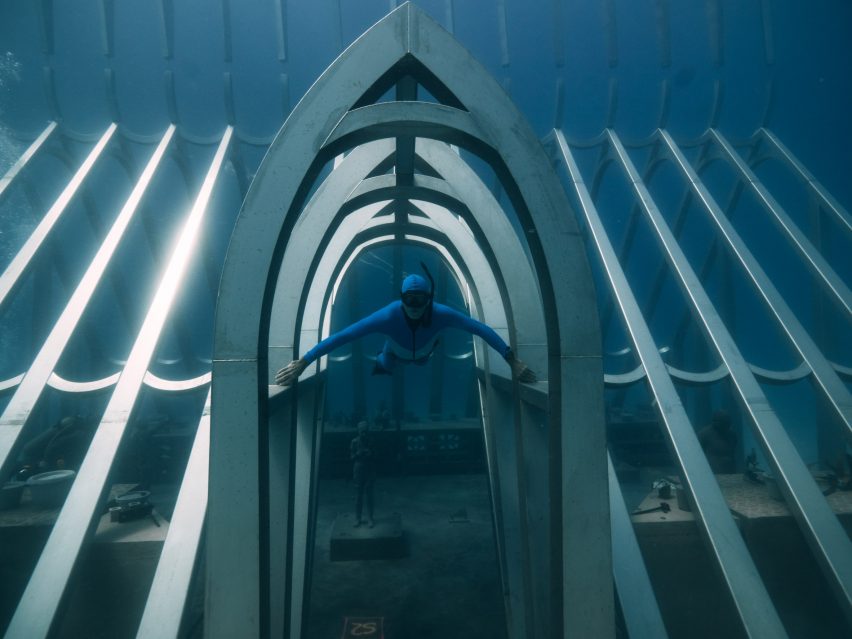
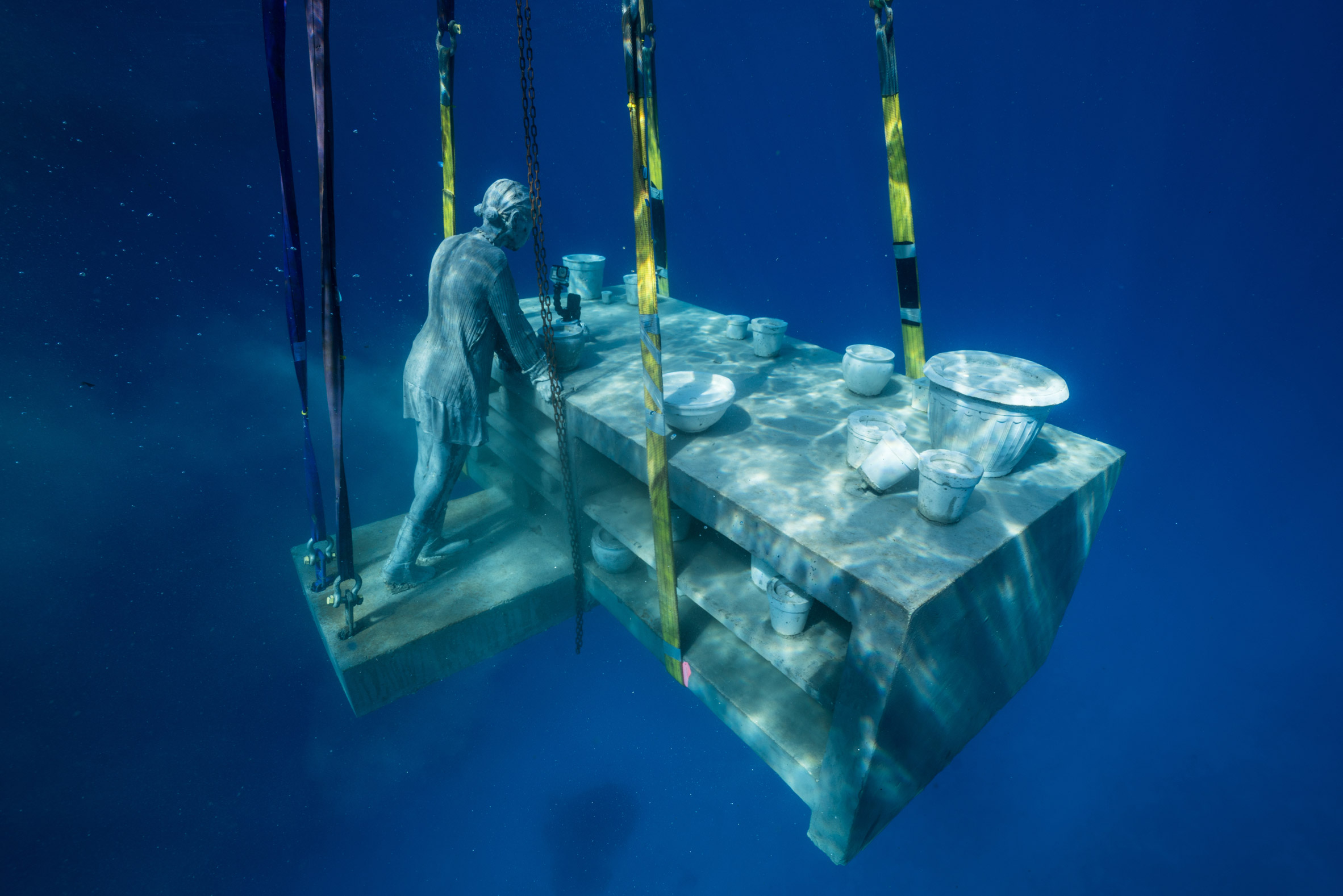
![]()
With Upcoming Elections, Trump Pressures Brazil to Increase Imports of American Ethanol
With sector in crisis due to coronavirus, Americans want to end barriers to sell more fuel to the country
Jun.26.2020 1:40PM
Ricardo Della Coletta
BRASÍLIA
The Donald Trump administration wants Brazil to agree to increase the import quota for ethanol in the country because the gesture will improve the American's chances of re-election in corn-producing states.
According to reports made to Folha, the Americans are working towards the end of an annual import quota without tariff of 750 million liters of ethanol - which exceeds this volume, pays a rate of 20%.
The current quota is already the result of an American request. Until last year it was limited to 600 million liters per year, but Brazil increased to the current value to please the Trump administration.

Trump and Bolsonaro - EPA
The USA produces ethanol from corn, and the product is cheaper than the Brazilian similar, made with sugar cane.
More:
https://www1.folha.uol.com.br/internacional/en/world/2020/06/with-upcoming-elections-trump-pressures-brazil-to-increase-imports-of-american-ethanol.shtml?utm_source=newsletter&utm_medium=email&utm_campaign=newsen
Profile Information
Member since: 2002Number of posts: 160,518